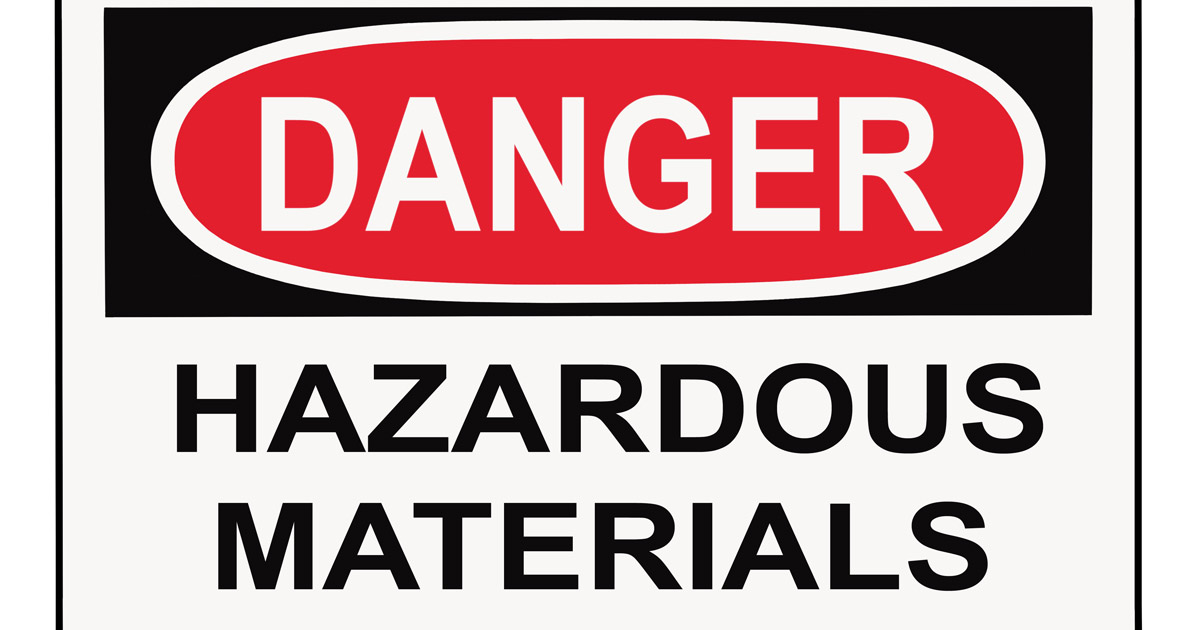MENU
- Home
- Overview
- Attorneys
- Practice Areas
- Firm News
- Blog
- Contact

The Environmental Protection Agency (EPA) recently failed to warn numerous residents who live near most plants about the risks of increased ethylene oxide gas in the area. In fact, the EPA has only met with residents and officials that live near nine out of the 25 plants since 2018. Those who reside near 16 of the plants are also in the dark about the concerning health risks. Eleven of these plants sterilize medical equipment, the remaining are chemical plants. The increase in ethylene oxide seems to be linked to the ongoing COVID-19 pandemic. In response, the EPA said they met with communities and officials. The agency also posed a new rule that would further limit emissions of ethylene oxide in the plants.
Ethylene oxide is used to sterilize medical equipment, but it is also found in numerous products. The flammable chemical is commonly found in the following:
Airborne emission of ethylene oxide increases the risk of cancer to 100 in one million. Information about ethylene oxide is always evolving. In 2016, the EPA discovered the toxic chemical is 30 times more carcinogenic than previous findings. This newfound information provoked the EPA’s investigations into the 25 plants that emit this gas.
Many may wonder why the residents were not able to identify the significant gas omissions on their own. However, ethylene oxide can be hard to identify; the gas is colorless but does have a faint, sweet odor. Ultimately, it is up to officials and the EPA to warn residents of health risks.
Workers in chemical plants that contain ethylene oxide, or other workers who are exposed, must abide by strict standards to reduce risk. Harmful effects of high levels of ethylene oxide include:
Long-term effects of exposure can include the risk for cancer, such as leukemia. It has also been linked to genetic damage, abortion, and nerve damage. If workers are exposed to unsafe levels of ethylene oxide, they must follow standards directed by the Occupational Safety and Health Administration (OSHA), which include medical surveillance programs.
Limiting exposure is essential while working with dangerous chemicals. Although low levels of ethylene oxide are considered safe, high exposure can cause serious injuries. If workers are exposed to high levels, employers must:
Additionally, employers are obligated to notify affected employees of the risks, keep records of exposure, assign regulated areas, and abide by OSHA standards. If workers or residents in affected areas are concerned about their exposure to ethylene oxide, it is beneficial to contact an environmental lawyer about legal options.
If you have become injured or ill due to high levels of ethylene oxide that was caused by the negligent actions of another, contact a Wilmington environmental lawyer at Jacobs & Crumplar, P.A. We will fight for your rights and help you obtain the compensation you deserve. Contact us online or call us at 302-656-5445 for a free consultation. Located in Wilmington and Millsboro, Delaware, we serve clients throughout the state, including Dover, New Castle County, and Sussex County.